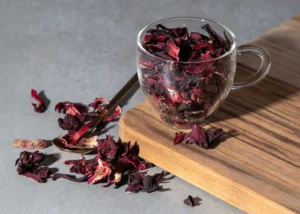Menstrual cramps and PMS symptoms hit differently for everyone, but the discomfort, fatigue, and mood changes are familiar. Many rely on painkillers, heating pads, or rest, but herbal teas can offer real support without side effects. Some teas reduce cramps by relaxing the muscles. Others help with bloating, nausea, or irritability that often builds before a period starts.
None of this is new. Women have turned to herbs for relief long before clinical studies backed them. The benefit is simple: a warm cup of the right tea can ease symptoms, support hormone balance, and help the body get through the worst days more comfortably.
This article covers the teas that actually make a difference.
A Straight Reminder Before You Try Anything
This article does not promote herbal teas as a cure or replacement for medical care. Nothing here is meant to diagnose, treat, or solve underlying health issues. Menstrual cramps and PMS vary. What works for one person may not work for another.
Always speak to a qualified doctor before using herbal teas for symptom relief. Some herbs interact with medications. Some are not safe for people with certain conditions. Pain, heavy bleeding, or irregular cycles may point to something serious. Do not treat those signs with herbs alone.
Use this guide as information—not instruction. Your health decisions should always start with real medical advice. We are not selling anything. We are not offering treatment. You make the call with your doctor.
Chamomile Tea: Calms the Body and Eases Cramping
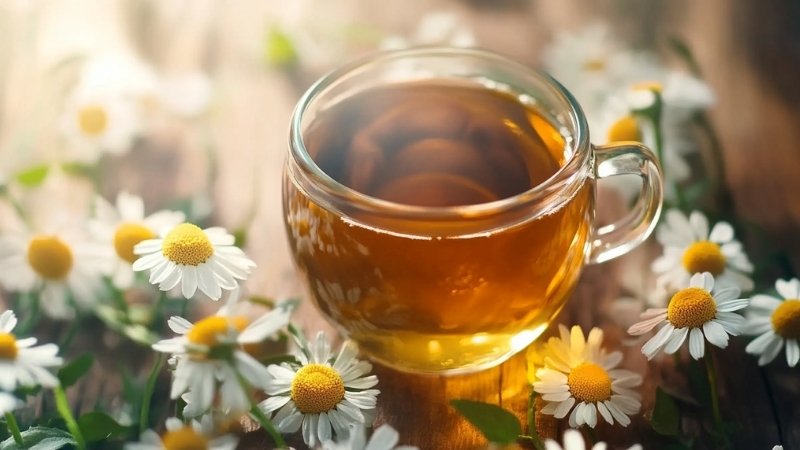
Chamomile is the go-to tea for many during periods. Its mild taste hides serious power. It helps relax the uterus and ease muscle spasms that trigger cramps. Some studies show chamomile may even reduce the production of prostaglandins, which are chemicals that cause pain and inflammation during menstruation.
It also helps with stress and mood swings. That matters because PMS hits both body and mind.
What Makes It Effective
- Contains apigenin, a plant compound that calms the nervous system
- Helps reduce cortisol, the stress hormone
- Supports better sleep during hormonal shifts
When to Drink It
Start one to two days before your period. Stick to two cups a day. Best time is late afternoon or evening, especially if cramps get worse at night.
Ginger Tea: Cuts Pain and Fights Inflammation

Ginger does more than spice up food. It targets pain right at the source by lowering prostaglandin levels. These are the same compounds that over-the-counter meds like ibuprofen aim to block. Ginger also supports digestion, which is helpful when your stomach feels off during PMS.
Key Benefits That Matter
- Reduces period pain, especially during the first three days
- Helps with nausea and stomach discomfort
- May shorten the length of your period slightly
Pro Tip: Use Fresh Root
Fresh ginger works better than powder or tea bags. Slice or grate it, boil it for 10 minutes, and drink up to three cups per day. Add lemon or raw honey if you want to soften the taste.
Peppermint Tea: Soothes the Uterus and Settles the Stomach

Peppermint is fast-acting, cooling, and sharp. It works by relaxing smooth muscles, including those in the uterus. That helps reduce cramps, especially if they come with bloating or gas. It also helps clear brain fog, which can creep in right before a period.
Peppermint tea is also caffeine-free, so it won’t disrupt your cycle or sleep like black or green tea might.
Who Should Reach for It
- Anyone with cramps and digestive issues
- Those who get moody and foggy before periods
- People who want fast comfort without sleepiness
Watch Out If
You deal with acid reflux. Peppermint can loosen the lower esophageal muscle and make it worse.
Red Raspberry Leaf Tea: Supports the Uterus and Eases Flow
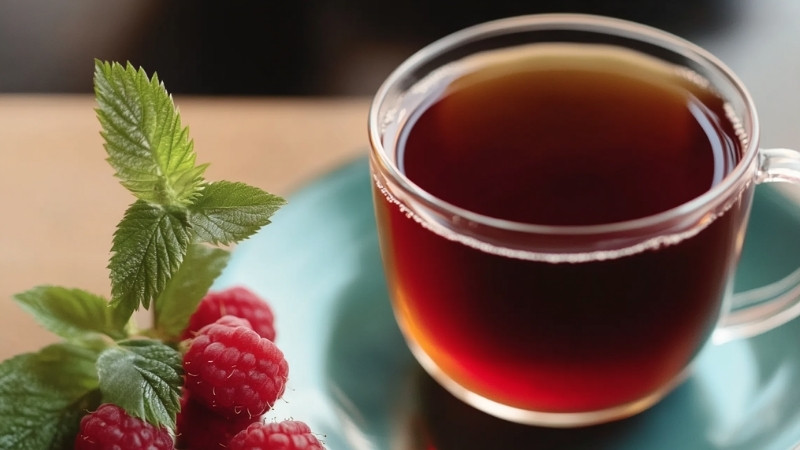
Red raspberry leaf tea has a long track record in women’s health. It does not taste like berries, but it does have one of the most targeted effects. It strengthens and tones the uterus, which can make contractions more efficient and less painful. Over time, that can mean shorter, lighter periods with fewer sharp cramps.
Some also use it to reduce heavy bleeding and clots.
Traditional Use and Modern Interest
- Used by midwives to prepare for labor
- Popular among those with long, heavy periods
- Known to regulate irregular cycles with steady use
When and How Much
One cup daily a week before your period. Two cups per day during the heaviest days. Do not drink it in early pregnancy without medical advice.
Cinnamon Tea: Reduces Spasms and Heavy Bleeding

Cinnamon does more than flavor food. It works as a natural antispasmodic and anti-inflammatory agent. That means it helps ease the sharp contractions that cause cramps. It may also slow heavy bleeding by helping regulate blood flow through the uterus.
One small study showed cinnamon reduced both pain and nausea during menstruation. Another found it helped reduce bleeding in people with heavy periods.
Why Cinnamon Works
- Slows uterine contractions
- Helps manage clotting and heavy flow
- Reduces period-related nausea and fatigue
Best Way to Brew
Use a whole cinnamon stick. Let it simmer in water for at least 10 minutes. The longer it brews, the stronger it gets. Drink one to two cups per day starting at the first sign of cramps.
Fennel Tea: Relieves Bloating and Sharp Pain
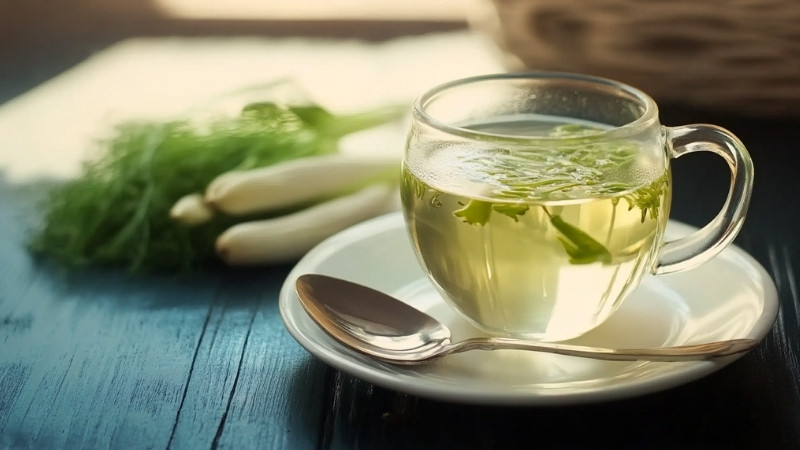
Fennel seeds contain compounds that act like muscle relaxants. That matters for menstrual cramps, which come from tight, contracting uterine muscles. Fennel also helps move gas through the digestive system, which reduces bloating that often shows up before and during your period.
Its mild licorice-like flavor may take time to get used to, but the effects come fast.
What Fennel Does
- Blocks muscle spasms in the uterus
- Reduces bloating and water retention
- Improves mood by supporting estrogen balance
How to Make It Work
Crush a teaspoon of fennel seeds. Pour boiling water over it. Let it steep for 8 to 10 minutes. Drink twice daily during your period. Add lemon if the flavor is too strong.
Lemon Balm Tea: Lifts Mood and Calms Nerves
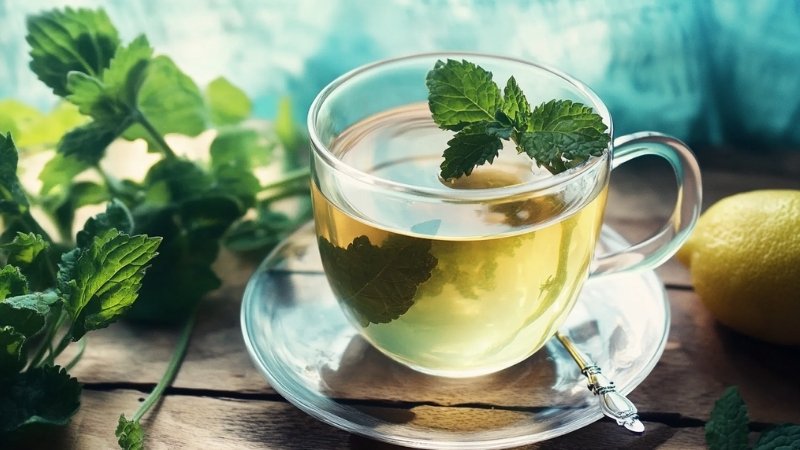
Lemon balm targets the emotional side of PMS. Anxiety, sadness, or random irritability can show up days before a period. Lemon balm works by boosting GABA levels in the brain, which helps calm the nervous system. It may also reduce mild cramps and support sleep quality.
People use it as a natural mood stabilizer, especially during hormone shifts.
When You Need Lemon Balm
- Mood swings are worse than physical symptoms
- Sleep gets disrupted before your period
- Stress makes cramps more intense
Turmeric Tea: Fights Inflammation and Hormonal Imbalance
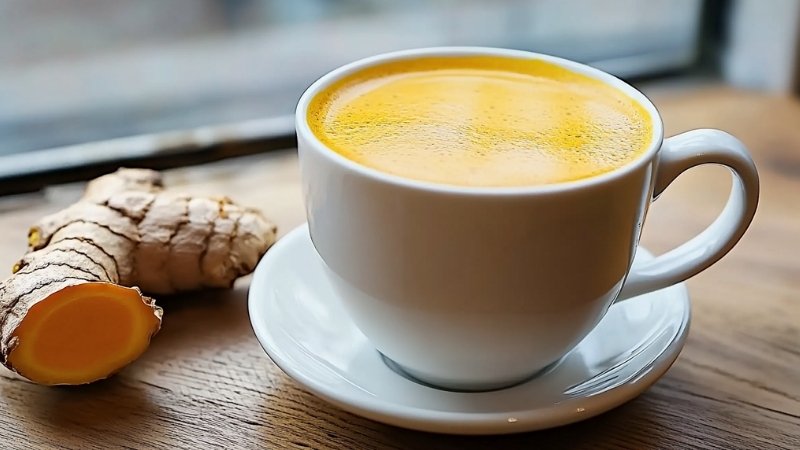
Turmeric helps lower inflammation across the body. That includes the uterus during menstruation. Its active compound, curcumin, reduces pain in a similar way to NSAIDs. It also supports liver function, which helps the body process excess estrogen that often fuels PMS symptoms.
On top of pain relief, turmeric can help with acne or bloating caused by hormone shifts.
Why Turmeric Helps
- Targets deep tissue inflammation
- Balances estrogen levels
- Supports liver and hormone detox
When and How Often to Drink Each Tea
Timing makes a big difference. Each tea works best when taken during a certain phase of the menstrual cycle. Some help before your period. Others bring relief during peak cramps or after heavy flow.
A Simple Timing Guide
- Chamomile, Peppermint, Lemon Balm: One week before and during period
- Ginger, Cinnamon, Fennel: First 3 days of menstruation
- Red Raspberry Leaf: One week before period starts
- Turmeric: Daily during PMS and period days
Never mix all of them in one day. Pick two or three based on your symptoms. Stick to two cups a day of each at most. More is not better.
What to Avoid: Interactions and Overuse
Herbal teas may seem harmless, but they can interfere with medications or cause side effects if overused. Some herbs thin the blood, others affect hormone levels or digestion. Knowing when to pause or limit intake matters.
Cautions to Keep in Mind
- Chamomile: Avoid with blood thinners or severe allergies
- Ginger: May irritate stomach if taken in high doses
- Peppermint: Avoid if you have acid reflux
- Red Raspberry Leaf: Do not use in early pregnancy
- Turmeric: Avoid if on blood pressure or diabetes meds
Conclusion
Herbal teas will not erase menstrual symptoms overnight. But used the right way, they can ease cramps, reduce mood swings, and help you feel more steady through your cycle. The key is picking the right teas, brewing them properly, and drinking them consistently based on your symptoms.



